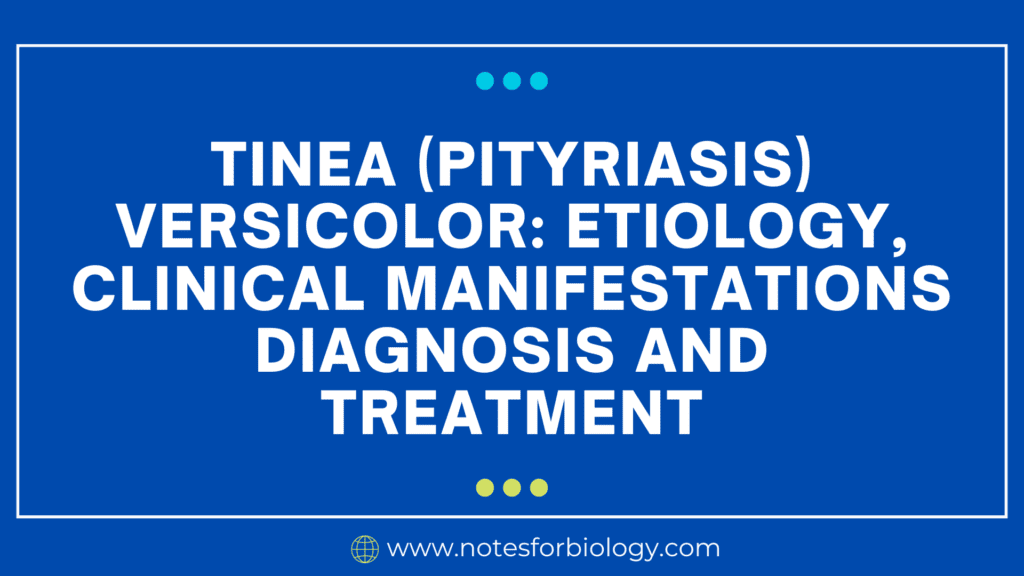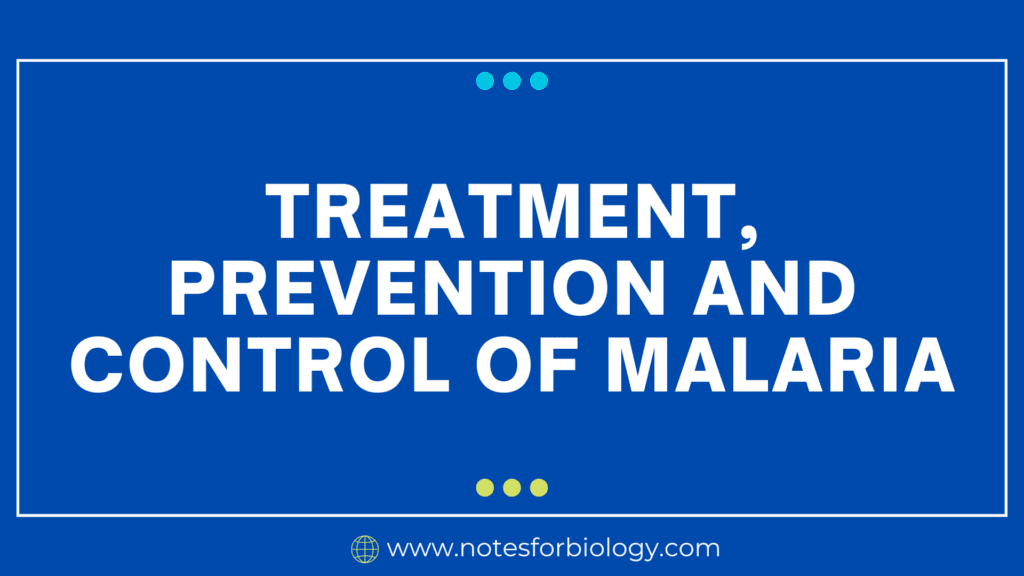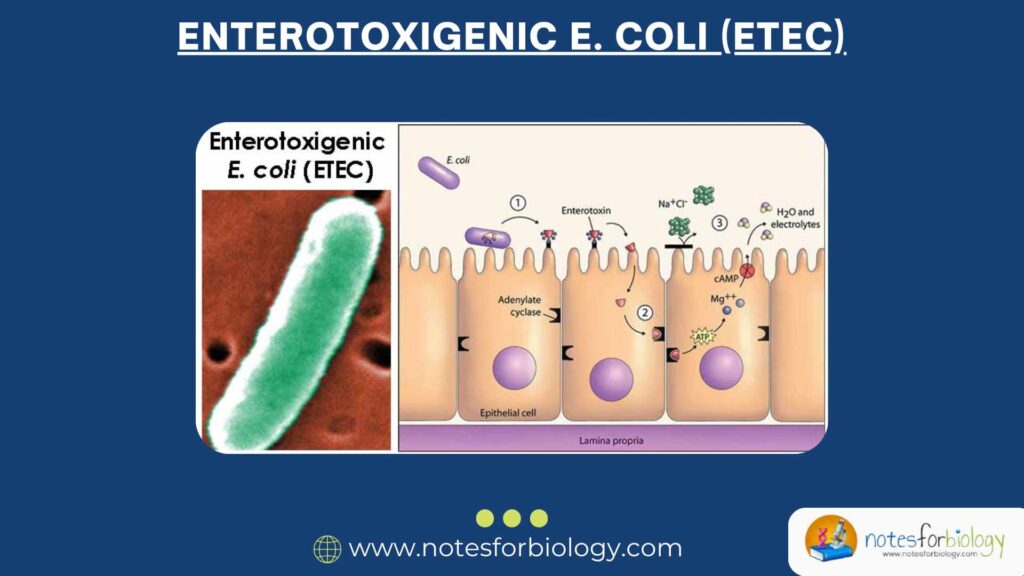Tinea versicolor, also known as pityriasis versicolor, is a common superficial fungal infection of the skin caused by yeast of the genus Malassezia. This condition affects the skin’s pigmentation, leading to discolored patches.
Table of Contents
Tinea (Pityriasis) versicolor
Tinea versicolor, also known as pityriasis versicolor, is a common superficial fungal infection of the skin. Tinea versicolor is caused by a group of yeasts belonging to the genus Malassezia, which are part of the normal flora of human skin but can cause infection under certain conditions. This condition affects the skin’s pigmentation, leading to discolored patches.
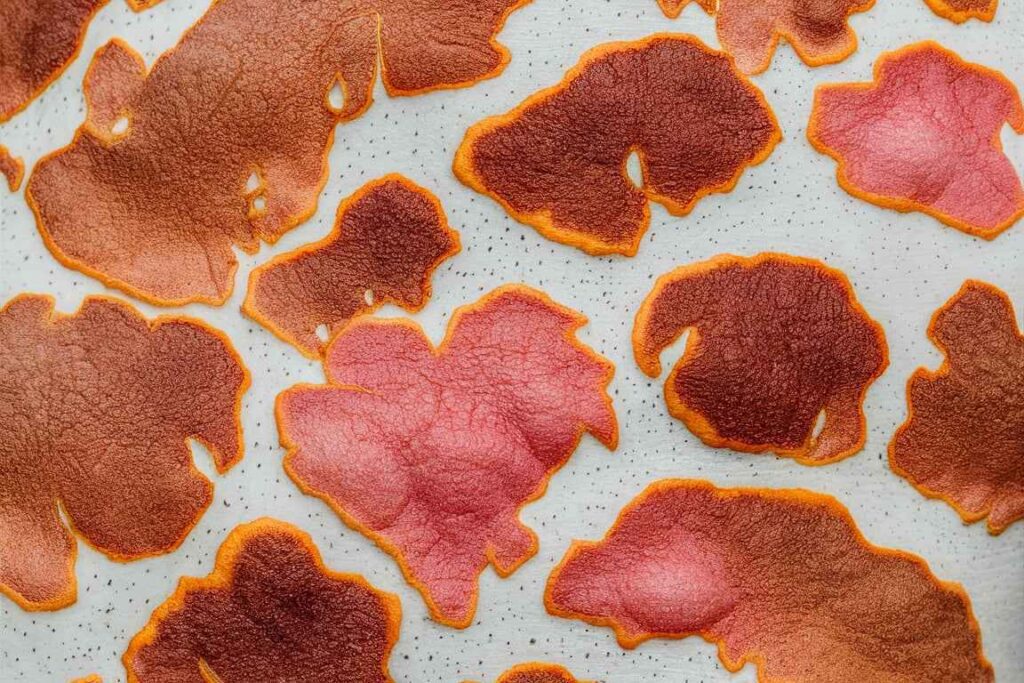
Etiology
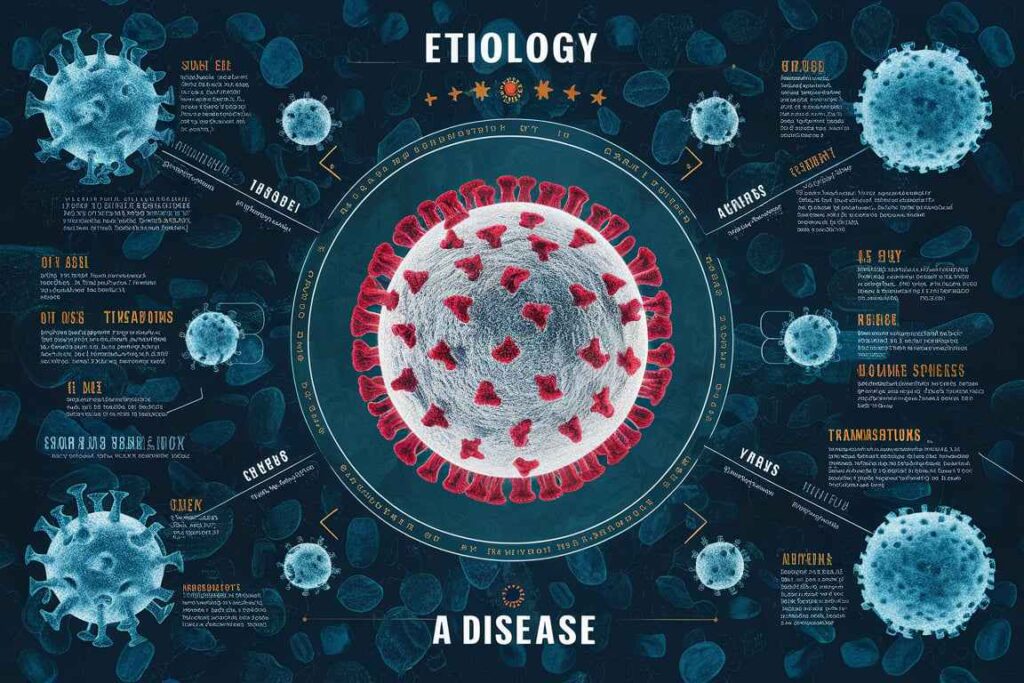
Causative Organism:
The illness is primarily caused by lipophilic yeasts known as Malassezia species. Malassezia globose, Malassezia furfur, and Malassezia sympodial is are the most widespread species. The causative organisms of tinea versicolor are yeasts from the genus Malassezia. These yeasts are part of the normal skin flora but can become pathogenic under certain conditions.
Predisposing Factors
- Climates are warm and humid.
- Sweating in excessive amounts.
- Excess oily skin.
- Hormonal changes occur (for example, puberty).
- Immunosuppression.
- Predisposition due to genetics.
Clinical Features of Tinea versicolor
Skin Disorders:
Pityriasis versicolor is characterized by well-defined, hypo- or hyperpigmented macules and patches over the torso, neck, and upper arms.
The lesions may join together to produce bigger patches with fine scaling.
The afflicted skin may seem lighter or darker than the adjacent skin.
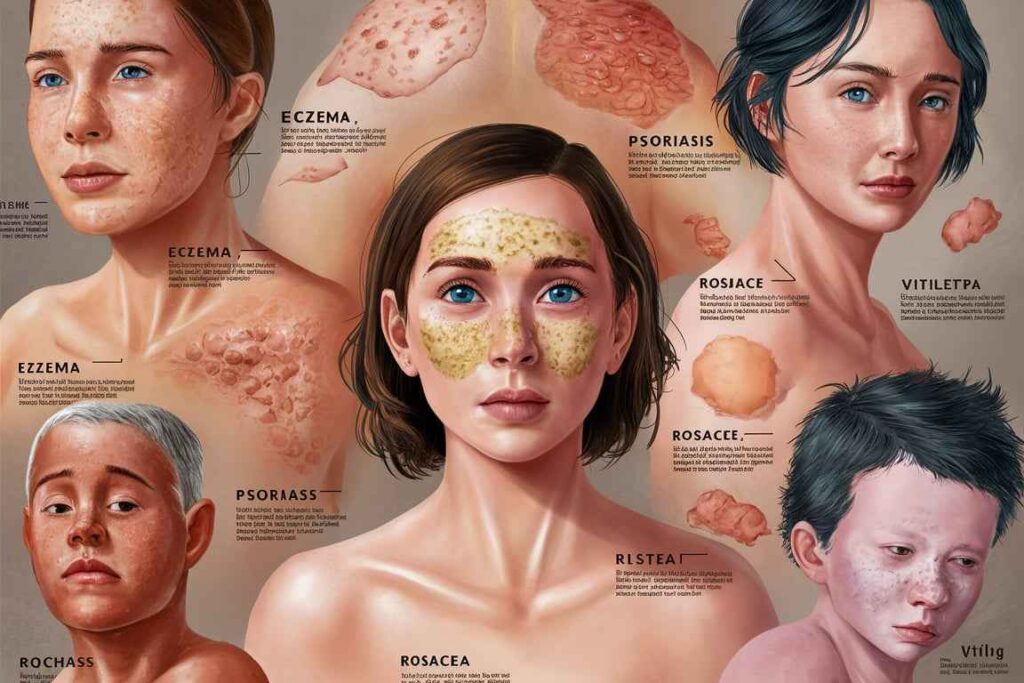
Treatment
Topical Antifungals
- Selenium Sulfide Lotion or Shampoo: Apply to the afflicted regions for 10-15 minutes each day for 1-2 weeks.
- Ketoconazole Cream or Shampoo: Apply once a day for 1-2 weeks.
- Clotrimazole: Apply twice a day for 2-4 weeks.
- Terbinafine Cream: Apply twice daily for 1-2 weeks.
Oral antifungals
They are typically used for severe or persistent infections.
Itraconazole: 200 mg every day for 5-7 days.
Fluconazole: 300 mg once each week for 2-4 weeks.
Ketoconazole: 200 mg daily for 5-7 days (not widely used owing to probable side effects).
Clinical Manifestations
Lesions:
- Hypopigmented or Hyperpigmented Macules and Patches: These are flat, discolored areas that can be lighter (hypopigmented) or darker (hyperpigmented) than the surrounding skin.
- Distribution: Typically found on the upper trunk, neck, upper arms, and sometimes the face.
- Scaling: Fine scaling may be present on the surface of the lesions.
- Coalescence: Small macules can merge to form larger patches.
Symptoms:
- Generally asymptomatic.
- Mild itching may occur, especially in hot and humid conditions.
- Lesions become more noticeable with tanning of the surrounding normal skin.
Preventive measures
- It may be indicated for those who are predisposed to recurrence.
- Topical antifungal shampoos are used intermittently (e.g., once a month) to avoid recurrence.
- Good skin hygiene includes regular cleaning to decrease oiliness and perspiration.
Summary
Tinea (pityriasis) versicolor is a superficial fungal infection caused by Malassezia species, resulting in multicolored skin patches. It is diagnosed by clinical examination, Wood’s light, and microscopic inspection. For minor cases, topical antifungals are used, but more severe cases require oral antifungals. Preventive interventions are critical due to the high rate of recurrence.
Frequently Asked Question
What is Tinea (Pityriasis) versicolor ?
Tinea versicolor, also known as pityriasis versicolor, is a common superficial fungal infection of the skin. It is caused by a group of yeasts belonging to the genus Malassezia, which are part of the normal flora of human skin but can cause infection under certain conditions. This condition affects the skin’s pigmentation, leading to discolored patches.
What are the predisposing factors of Tinea (Pityriasis) versicolor ?
The Predisposing factors of Tinea (Pityriasis) versicolor are
1. Climates are warm and humid.
2. Sweating in excessive amounts.
3. Excess oily skin.
4. Hormonal changes occur (for example, puberty).
5. Immunosuppression.
6. Predisposition due to genetics.
Related Article
B-cell development: Maturation, activation and differentiation

